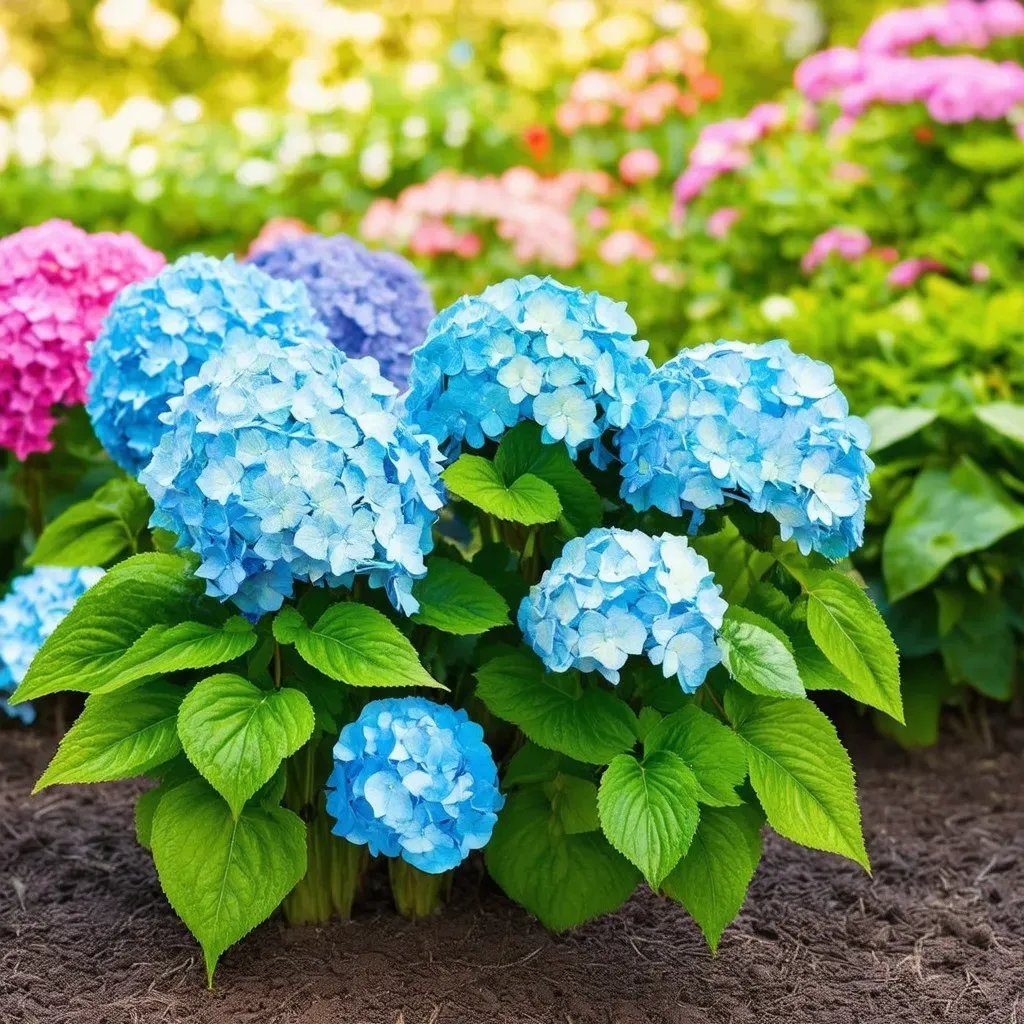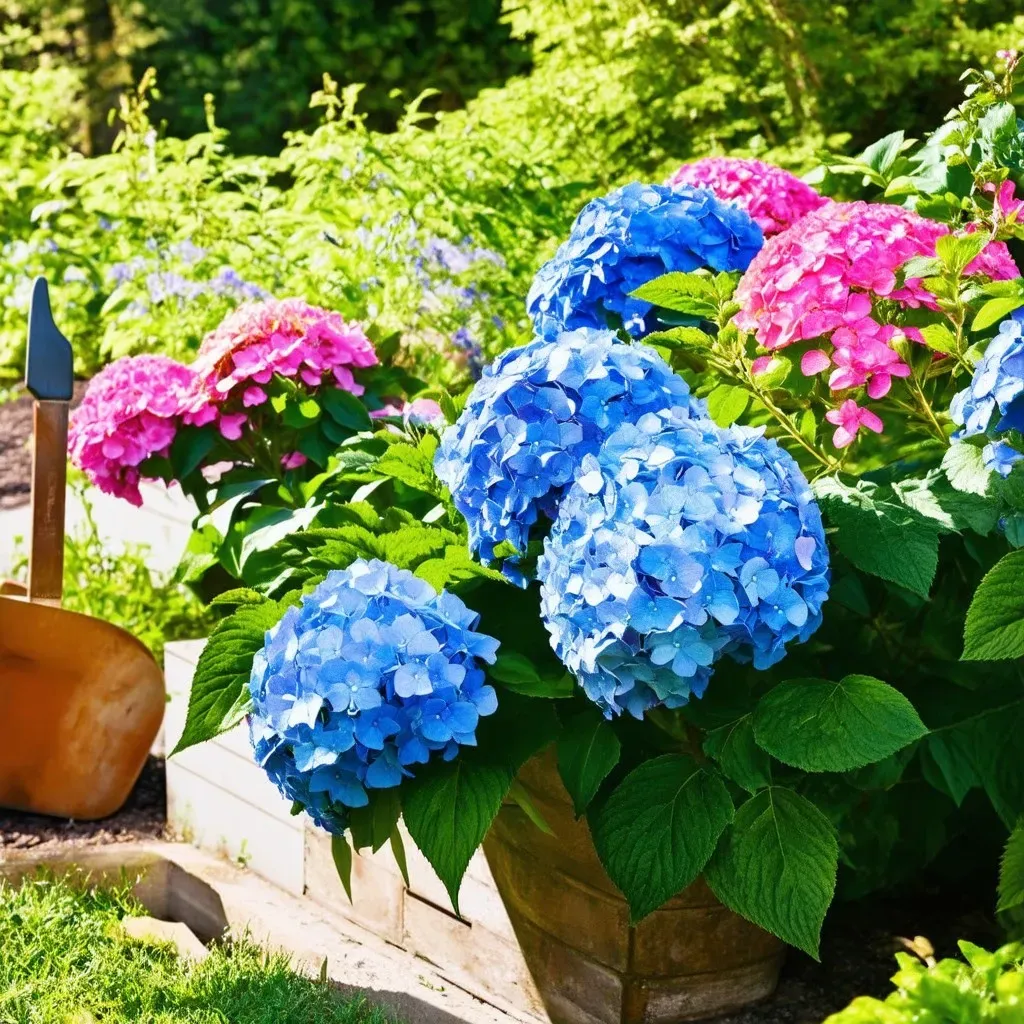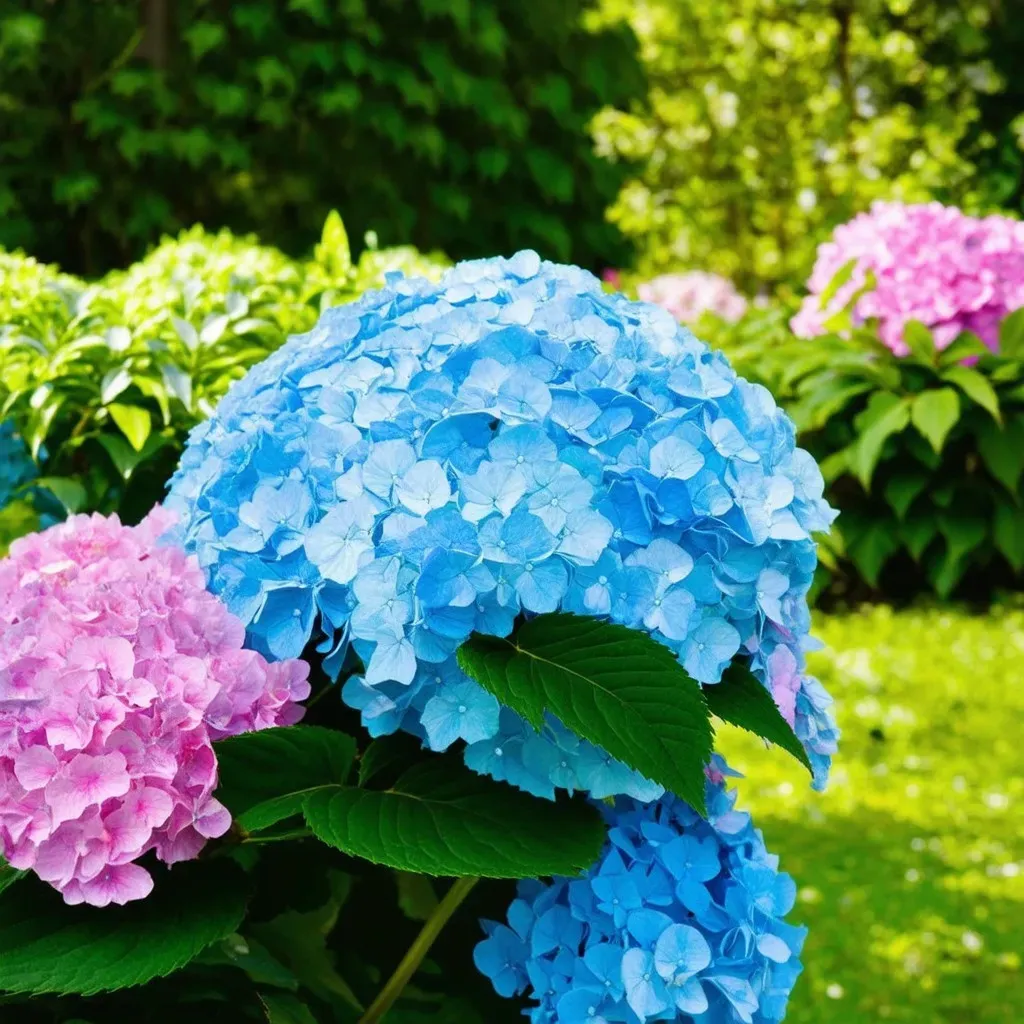When to plant hydrangeas is crucial for ensuring vibrant blooms and healthy growth. The best time to plant hydrangeas varies depending on your climate and the specific variety of hydrangea you’re dealing with. Generally, the ideal planting times are either spring or fall.
Planting Hydrangeas: Spring vs. Fall
The debate on whether to plant hydrangeas in spring or fall often stems from local climate conditions and Hydrangea Types. Here’s a detailed look at both options:
Spring Planting
- Timing: Hydrangeas can typically be planted in early to mid-spring once the risk of frost has passed.
-
Benefits:
- Longer Growing Season: Gives plants more time to establish roots throughout the growing season.
- Better Blooms: Spring and summer planting usually leads to better blooming the following year.
- Considerations: Be mindful of potential transplant shock during the heat of summer as the younger plants establish themselves.
Fall Planting
- Timing: Planting hydrangeas in early fall allows them to establish roots before the winter chill sets in.
-
Benefits:
- Cooler Weather: Lesser heat stress helps the plant settle in without overexerting itself.
- Root Development: Fall-planted hydrangeas often have a head start in spring, leading to robust blooms.
- Considerations: Make sure to plant early enough so that the hydrangeas have established roots before the ground freezes.
Key Considerations for Planting
- Soil Temperature: Ensure the soil temperature has warmed sufficiently in the spring or has cooled in early fall.
-
Type of Hydrangea: Different varieties may have specific needs. For instance:
- hydrangea macrophylla (bigleaf): Best planted in spring or fall.
- Hydrangea paniculata (panicle): Very adaptable; can thrive in either season.

| Season | Pros | Cons |
|---|---|---|
| Spring | Longer growing season, better blooms | Risk of transplant shock during summer heat |
| Fall | Cool weather aids establishment, early bloom | Must be planted early enough to avoid frost |
Tips for Successful Planting
- Choose the Right Location: Find a spot that offers partial to full sunlight; ensure the soil drains well.
- Soil Preparation: Amend soil with organic matter to enhance fertility. A pH between 5.5 and 6.5 is ideal for hydrangeas.
- Watering: Deeply water newly planted hydrangeas to help establish root systems, particularly if the weather is dry.
Hydrangea Care Throughout the Seasons
Proper care does not stop at planting time; it is essential at every stage.
- Watering: Ensure adequate moisture, especially during dry spells.
- Mulching: Apply mulch to retain moisture and suppress weeds.
- Pruning: Understand the specific variety of hydrangea for proper pruning routines to encourage healthy growth and blooming.

Reference Video
Frequently Asked Questions (FAQs)
What are the signs that it’s the right time to plant hydrangeas?
Look for a stable weather pattern with soil temperatures consistently above 60°F in spring, while fall planting should occur 4-6 weeks before the first frost.
Can you plant hydrangeas in April?
Yes, April can be a suitable time to plant hydrangeas, especially in warmer climates where frost risks have diminished.
Is hydrangea a perennial?
Yes, hydrangeas are considered perennials, meaning they will return year after year if properly cared for.
When is the best time to plant hydrangeas in Michigan?
In Michigan, the best time to plant hydrangeas is typically in late spring or early fall. Be aware of the local frost dates to ensure safe planting.
Can hydrangeas be planted in the fall?
Absolutely! Fall is great for planting hydrangeas, provided that they are planted early enough to establish roots before the ground freezes.
What types of hydrangeas do best in different climates?
Certain types flourish in specific regions:
- Southern regions: Hydrangea macrophylla excels in warmer climates.
- Northern climates: Hydrangea paniculata and arborescens tend to thrive better.
Common Mistakes to Avoid
- Planting Too Late: Avoid planting too late in the fall, which can lead to insufficient root establishment.
- Ignoring Soil Conditions: Proper soil preparation is essential. Testing soil pH can help create the ideal environment for growth.
- Overwatering: While keeping the soil moist is important, overwatering can lead to root rot.
Conclusion
Understanding when to plant hydrangeas, and following care instructions specific to the planting season, will set the stage for a stunning display of blooms year after year. Whether you choose to plant in spring or fall, hydrangeas offer versatile beauty to any garden space. For more in-depth guidance, visit The Spruce or similar gardening resources for expert advice and tips.

Being attentive to the unique needs of hydrangeas will ensure they become a lasting, colorful addition to your landscape.


